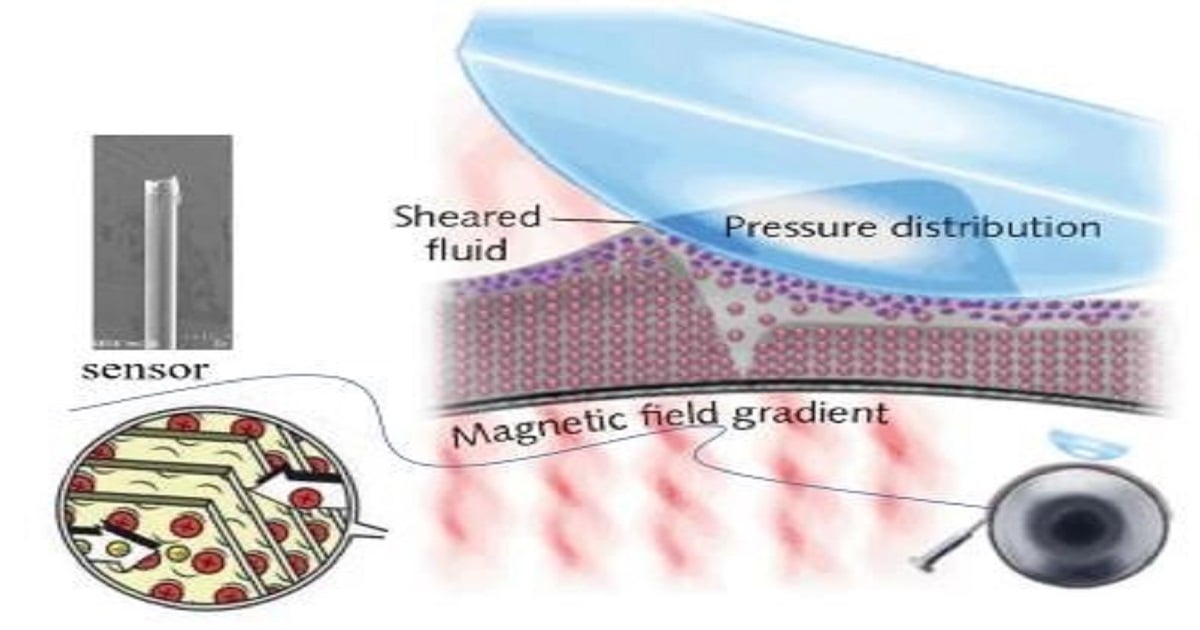Advances in the Manufacturing of Optical Materials, in Optical Sensing, and in Material Performance Analysis
A special issue of Materials (ISSN 1996-1944). This special issue belongs to the section "Optical and Photonic Materials".
Deadline for manuscript submissions: 20 January 2025 | Viewed by 107

Special Issue Editors
Interests: optical fibers; optical sensors; fiber Bragg grating; 2D materials
Special Issues, Collections and Topics in MDPI journals
Interests: precision; ultraprecision machining and measurement
Special Issues, Collections and Topics in MDPI journals
Special Issue Information
Dear Colleagues,
The ultraprecision processing of optical components and the progress made in the sensing capabilities of optical devices, as well as the analysis of their material properties, are all key focuses within this research topic. Starting from basic material theories, we aim to investigate advanced manufacturing methods and technologies that can meet the needs of high-end equipment, such as laser fusion devices, lithography machines, and Earth observation satellites. By combining optical sensing, surface manufacturing, and material analysis, we aim to develop innovative solutions for precision manufacturing and advanced applications in optical materials.
This Special Issue seeks contributions exploring various areas including, but not limited to, the following:
- Innovative approaches to the manufacturing of optical materials;
- Advancements in optical sensing techniques and applications;
- Analysis of material performance in optical systems;
- Novel methods for characterizing optical materials;
- Experimental insights into the behavior of materials used in optical devices;
- Nondestructive testing methodologies for the evaluation of optical materials.
Dr. Na Zhao
Dr. Changsheng Li
Guest Editors
Manuscript Submission Information
Manuscripts should be submitted online at www.mdpi.com by registering and logging in to this website. Once you are registered, click here to go to the submission form. Manuscripts can be submitted until the deadline. All submissions that pass pre-check are peer-reviewed. Accepted papers will be published continuously in the journal (as soon as accepted) and will be listed together on the special issue website. Research articles, review articles as well as short communications are invited. For planned papers, a title and short abstract (about 100 words) can be sent to the Editorial Office for announcement on this website.
Submitted manuscripts should not have been published previously, nor be under consideration for publication elsewhere (except conference proceedings papers). All manuscripts are thoroughly refereed through a single-blind peer-review process. A guide for authors and other relevant information for submission of manuscripts is available on the Instructions for Authors page. Materials is an international peer-reviewed open access semimonthly journal published by MDPI.
Please visit the Instructions for Authors page before submitting a manuscript. The Article Processing Charge (APC) for publication in this open access journal is 2600 CHF (Swiss Francs). Submitted papers should be well formatted and use good English. Authors may use MDPI's English editing service prior to publication or during author revisions.
Keywords
- optical fabrication
- ultraprecision machining
- micro-structure manufacturing
- optical fiber sensors
- material analysis
Benefits of Publishing in a Special Issue
- Ease of navigation: Grouping papers by topic helps scholars navigate broad scope journals more efficiently.
- Greater discoverability: Special Issues support the reach and impact of scientific research. Articles in Special Issues are more discoverable and cited more frequently.
- Expansion of research network: Special Issues facilitate connections among authors, fostering scientific collaborations.
- External promotion: Articles in Special Issues are often promoted through the journal's social media, increasing their visibility.
- e-Book format: Special Issues with more than 10 articles can be published as dedicated e-books, ensuring wide and rapid dissemination.
Further information on MDPI's Special Issue polices can be found here.
Planned Papers
The below list represents only planned manuscripts. Some of these manuscripts have not been received by the Editorial Office yet. Papers submitted to MDPI journals are subject to peer-review.
Title: Excellent Electrochromic Properties of Ti4+-Induced Nanowires V2O5 Films
Authors: Yufei Deng; Hua Li; Jian Liang; Jun Liao; Jacques Robichaud; Rui Chen; Yinggui Long; Min Huang; Yahia Djaoued
Affiliation: 1) Department of Materials Chemistry, School of Materials Science and Engineering, Jingdezhen Ceramic University, Jingdezhen, Jiangxi, 333403, P. R. China. E-mail: [email protected], 2) Laboratoire de Recherche en Matériaux et Micro-spectroscopies Raman et FTIR, Université de Moncton-Campus de Shippagan, Shippagan, NB, E8S1P6, Canada.
Abstract: Ti-doped V2O5 films with nanowires on top and a dense, long nanorod layer on the bottom were successfully fabricated by the spin-coating route. During the electrochromic cycling, charge transfer resistance (Rct) decreases while ion-diffusion ability (KΩ) rapidly drops in the first ten cycles and then levels off. Low Rct and morphology of nanowires collaboratively improved the electrochromic behavior of Ti-doped V2O5 films by enhancing charge transfer speed and minimizing polarization and dissolution. The obtained Ti-doped V2O5 film shows better electrochromic properties than the undoped V2O5 film with a coloration efficiency (CE) of 34.15 cm2/C, coloration time of 9.00 s, and cyclic retention of 82.6% at cycle 100. In contrast, the corresponding values for the undoped V2O5 film were 23.57 cm2/C, 13.16 s, and 43.6%.







